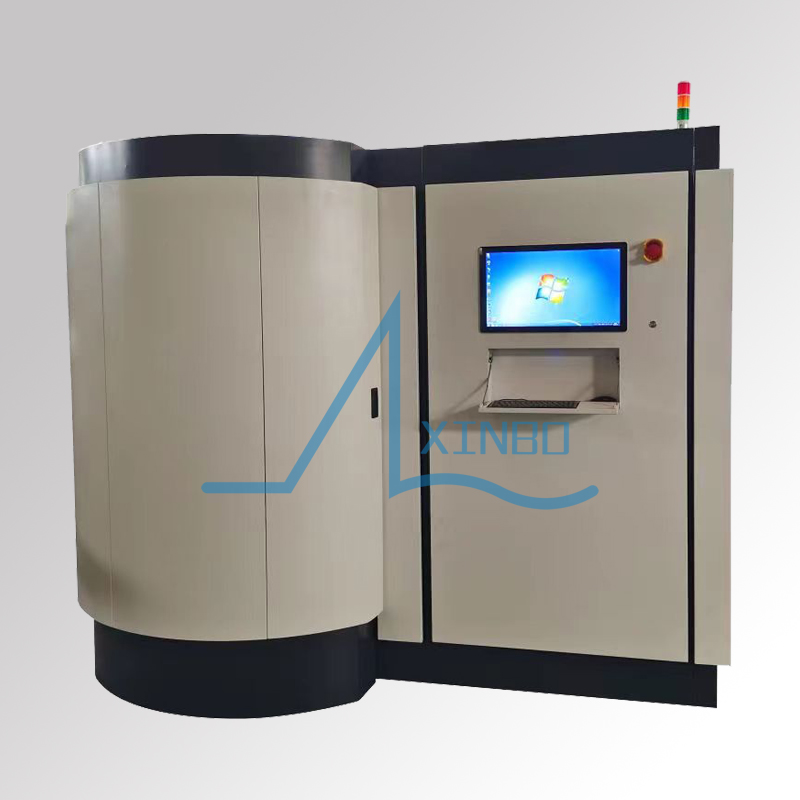What is the basic physical principle of high-energy pulse PVD?
PVD is a technology that deposits a coating on the surface of a workpiece by evaporating a target material at high temperatures.High energy pulse PVD is an improved form of PVD technology,and its basic physical principles are as follows:
1、Evaporation and ionization process
In high-energy pulse PVD systems,the first step is the evaporation of the evaporation source material(i.e.target material).By using a high-energy pulse power supply,the target material can instantly obtain higher energy locally.When the energy reaches a certain level,the target atoms acquire sufficient kinetic energy to overcome the binding energy between atoms and escape from the surface of the target,forming evaporated atoms.

Meanwhile,some of these evaporated atoms will be further ionized in high-energy pulsed electric fields or plasma environments.This is because high-energy pulses can provide enough energy to free the outer electrons of atoms from the constraints of the nucleus,producing ions.For example,in the high-energy pulse PVD process assisted by plasma,electrons in the plasma collide with evaporated atoms,transferring energy to the atoms and causing them to ionize.
2、Transportation process
The ionized particles(including ions and neutral atoms)are transported towards the surface of the workpiece under the driving force of electric field,magnetic field,or pressure difference.In high-energy pulsed PVD,the pulsed electric field plays a crucial role.The electric field force generated by the pulsed electric field accelerates the movement of ions towards the workpiece,giving them higher energy.Moreover,pulsed electric fields can alter the trajectory of ions,enabling them to deposit more uniformly on the complex shaped surfaces of workpieces.
3、Sedimentary process
When ions and neutral atoms reach the surface of the workpiece,deposition occurs.Ions,due to their charge,undergo processes such as charge exchange and energy transfer with surface atoms on the surface of the workpiece.They will gradually accumulate on the surface of the workpiece to form a coating.Neutral atoms mainly adhere to the surface of the workpiece through physical adsorption and diffusion processes,and gradually form a continuous thin film with the continuous deposition of subsequent atoms.This sedimentation process is closely related to factors such as the temperature and surface condition of the workpiece surface.For example,a higher surface temperature of the workpiece facilitates atomic diffusion,making the film denser and smoother.
 0769-81001639
0769-81001639
